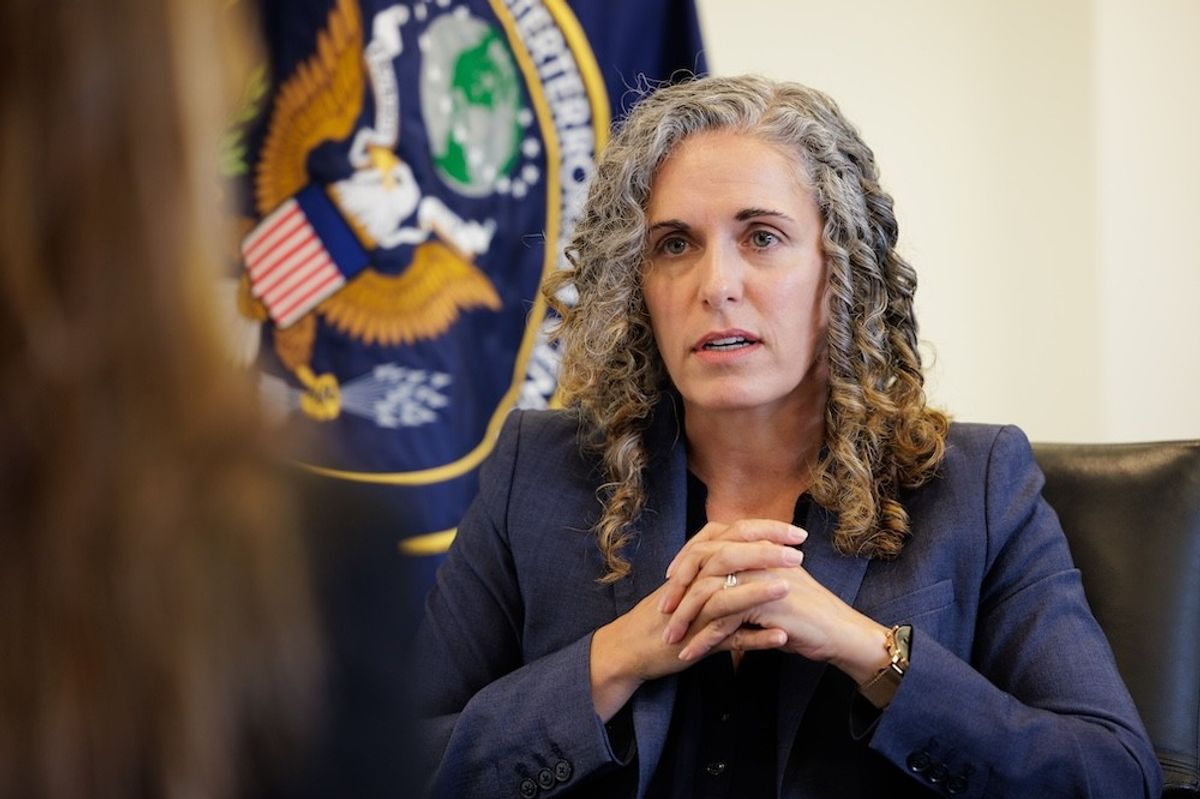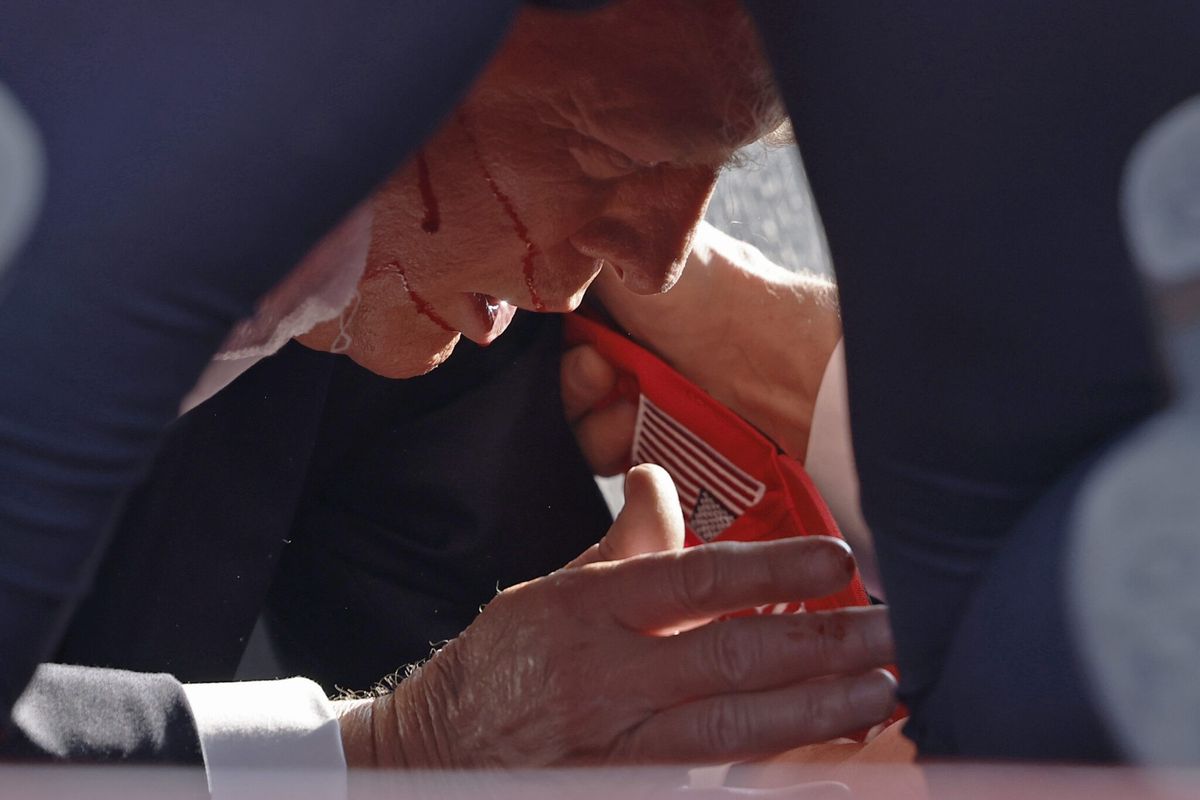The Cipher Brief spoke with the DEA's former Chief of International Operations, Mike Vigil to discuss the threat of convergence.
The Cipher Brief: Convergence is the idea that unrelated adversaries —for example, drug dealers and terrorists — could find common cause and cooperate and share resources. Do you think convergence is a real threat?
Michael Vigil: Convergence is a very viable threat to the U.S. and many other countries around the world. After the Cold War, state-sponsored terrorism began to diminish. This was due in part to international condemnation of nations that sponsored terrorism. As a result, this caused terrorist networks to seek alternate funding sources to support their criminal activities. It was logical that revenues derived from drug trafficking were the best option. For example, it is estimated that the FARC (Revolutionary Armed Forces of Colombia) in Colombia earns between $300 and $500 million a year from the sale of drugs. The Taliban and Al-Qaeda control a significant amount of territory in Afghanistan and Pakistan that is used to cultivate opium poppies. Their revenue is between $5 and $10 billion dollars annually. It is important to note that the convergence between terrorists and drug traffickers is not a new phenomenon. Over three decades ago, the Colombian cartels began to establish a link to leftist guerillas and right wing groups. This alliance created a major threat to the entire country. When I was with the DEA assigned to Mexico, we arrested an individual who was an emissary for the FARC. He had come to Mexico to facilitate the distribution of cocaine to the Tijuana cartel. He had in his possession a videotape to prove his connection with the FARC. The video showed him with Jorge Briseno Suarez, aka Mono Jojoy, a top FARC commander who promised to supply the Tijuana Cartel with quantities – in the tons – of cocaine. Even though there was an initial difference — terrorists were motivated by political ideology and drug traffickers by financial gain — the situation can no longer be seen with absolute clarity. It has since become blurred as many of the terrorist networks have convinced their followers that revenue, even from the drug trade, is critically needed to support their activities. Links between terrorist organizations and drug traffickers are diverse and include protection, transportation, and taxation — to direct trafficking by the terrorist organizations. Traffickers and terrorists have similar logistical needs in terms of materials and the clandestine movement of goods, people and money. Relationships between drug traffickers and terrorists are mutually beneficial. Drug trafficking organizations benefit from the military ability, weapons acquisition, and access to key areas in the world that are provided by terrorists. Terrorists, on the other hand, gain a source of revenue and expertise in illicit transfer and laundering of proceeds from drug trade. Both groups know corrupt officials whose services provide mutual benefits, such as greater access to passports and false identification documents.
TCB: You spent a considerable amount of time in Mexico. To the extent you can talk about it, did you see examples of disparate groups of terrorists working together to achieve their own individual goals?
MV: I view drug trafficking as a virulent form of terrorism. When Felipe Calderon was elected president of Mexico, he viewed drug trafficking as a national security threat. He initiated a massive campaign against the major cartels, bringing the military into the fray. The cartels began to retaliate against the government in order to survive. Additionally, as some cartels were crippled through arrests, rival cartels began to encroach into their areas, which fueled massive violence. In the past twelve years, over 130,000 individuals have been murdered and the violence continues. In Mexico, several cartels use the FARC and some of the splinter groups that emanated from the neo-paramilitary organizations in Colombia to supply them with cocaine. In turn, the Mexican cartels furnish them with hundreds of millions of dollars each year, which they use to purchase weapons and other needed materials. Mexican cartels are also furnishing Hezbollah operatives with drugs in the tri-border area of Paraguay, Argentina, and Brazil known as the Ciudad del Este. The profits are used to fund terrorist activities in the Middle East. Years ago, terrorist organizations believed that involvement in the drug trade tainted their political objectives. This has changed and it is now a belief that the “end justify the means. “ The cartels in Mexico are very capable of facilitating the movement of terrorists across the porous two thousand mile U.S./Mexico border. We have not yet seen evidence of this, but the potential is very real. For now it is a drugs for money relationship.
TCB: The conventional wisdom is that a drug dealer wouldn’t want to get into business with a terrorist because it would bring more heat on him and his organization, particularly from the United States.
MV: I don’t believe they are concerned with that issue because there are distinct advantages to working with terrorist organizations that can be mutually beneficial. Both know corrupt officials from whom they can get passports and false entry documents. The drug traffickers can provide revenue from drugs and money laundering expertise. The terrorist networks bring military experience and the ability to provide logistical capability to the drug traffickers. For example, when Pablo Escobar, the head of the infamous Medellin cartel, was violently fighting extradition in Colombia, he hired the now defunct M-19 subversive group to attack the Palace of Justice in Bogota. In a military style assault, the M-19 took over the building and killed almost half of the Supreme Court Justices and burned files containing extradition documents.
TCB: That makes sense—the benefits have outweighed the costs.
MV: Correct. The fuel that drives terrorism is the drug trade and its enormous profits.
TCB: What about terrorism in the United States? Do you think that the porousness of the U.S. border and the ease with which some of the Mexican groups have been able to bring people and drugs into the country presents a threat to the United States or is the threat limited to countries south of the border?
MV: No, it does pose a major threat to the United States. In my opinion, the potential exists and it is a reality. The terrorists could easily use tunnels used by drug traffickers to clandestinely enter the U.S. They can also be furnished weapons and false identifications. The entire infrastructure of the drug cartels can be used to support terrorist organizations once they enter the U.S. as well. This includes funding, transportation, safe houses, communications, and access to chemicals and labs for making biological weapons. I find it ironic when politicians push for steel walls and barriers along the border with Mexico. They are completely ineffective and the cartels will go over, under, or through them with ease using modern technology such as commercial drones, tunnels and even medieval catapults.
TCB: Have you seen any evidence that groups like al Qaida, or other terrorist groups are in any way linking up with Mexican drug lords or cartels to try to get over the border?
MV: I have not seen that yet, but the operative word here is: potential. We must never become complacent.
TCB: What do you think the U.S. government should be doing now that it’s not already doing to address this threat?
MV: We need to work with foreign countries and provide continual training and equipment to their security and intelligence agencies. Many countries also need assistance with model legislation in order to address drug trafficking and terrorism. The sharing of information is most critical because it allows for the identification and exploitation of vulnerabilities to effectively dismantle criminal transnational networks. It also generates intelligence-driven operations for more effective resource allocation. We also need to develop a highly-coordinated and comprehensive approach between diplomatic, military, law enforcement, and intelligence agencies. And finally, financial institutions need to implement robust systems to report suspicious transactions.













